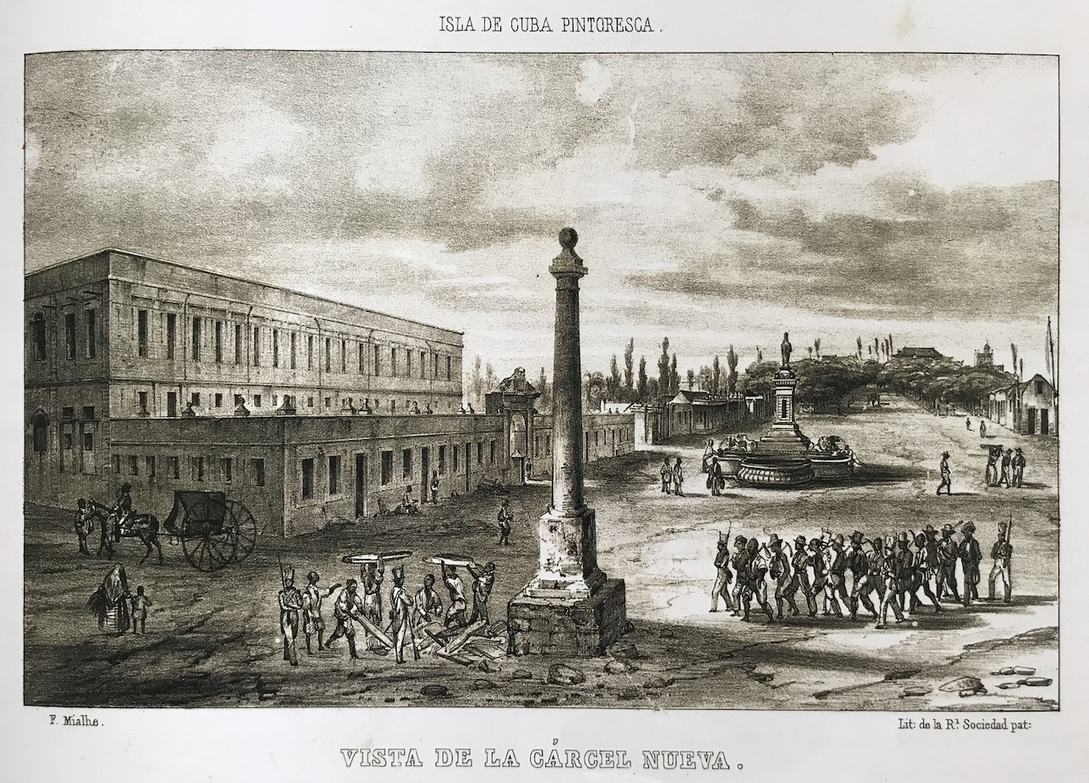Princeton University School of Architecture
announces the Dissertation Proposal Defense of
Dante Furioso
Hammer & Machete: The Plantation in the Nineteenth-Century Urbanization of Havana
Committee
Jay Cephas (Princeton University, Co-Advisor)
Rachel Price (Princeton University, Co-Advisor)
Beatriz Colomina (Princeton University)
Sylvia Lavin (Princeton University)
Spyros Papapetros (Princeton University)
9:15 a.m. Wednesday, March 20, 2024, Architecture room S-118
Abstract:
The destruction of forests for cane fields and the enslavement of hundreds of thousands of Africans during the Second Slavery (1800–1860) made plantations the essential fact of Cuban life in the nineteenth century. Considering the lateness of abolition in 1886 and the continued growth of the sugarcane industry into the twentieth century, historians have long stressed the role of wealthy plantation elites in fomenting urbanization and architecture. In the past decade, scholars have identified the special role of Black Cubans in the construction and maintenance of the colonial city, yet most accounts stop there. “Hammer & Machete” seeks to fill a gap in scholarly literature through a history of the labor that transformed Spanish colonial (and US-occupied) Havana into an Atlantic metropolis in the nineteenth century.
While recent Foucauldian histories of the architecture of sugar mills emerging from the US academy see plantations as the materialization of discipline, control, and racial oppression, seminal Marxist accounts written in Cuba argue that plantations deindustrialized Havana by drawing skilled, urban labor and technical innovation away from the city. Nevertheless, the methods of discipline and control developed for sugar production transcended sugar mills’ discrete architecture, complicating the historical division between the city and the countryside. Indeed, urbanization was produced by an evolving cast of builders, overseers, administrators, and emerging design professionals operating in a plantation society that bridged the urban and the rural in a complex web of racialized labor. Liberal economic development groups supported the education of builders and the importation of European craftsmen while mobilizing circuits of enslaved and incarcerated workers to labor on roads, canals, and railroads. Elite clients, engineers, and contractors reconfigured architectural production as enslaved and free Black, indentured Asian, and immigrant European workers labored and resisted during their work transforming Havana. Analyzing class, race, and the environment, the plantation can be read as a way of organizing workers across interconnected sites of production that coalesce in the growth and transformation of the colonial city.

